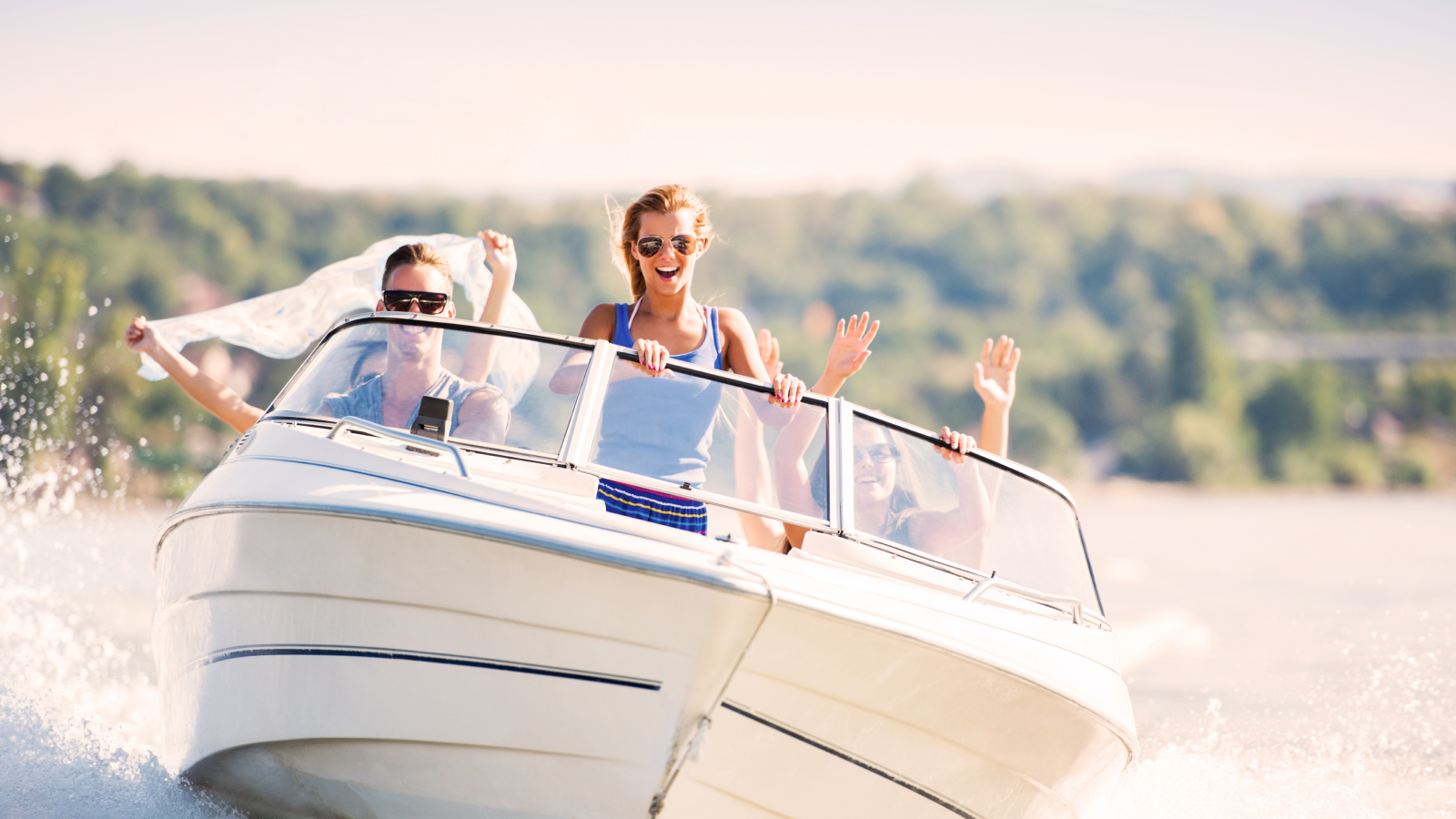Boat Anatomy Guide: The Parts and Function of a Boat

A boat seems like a simple vehicle, right? It’s like a car without wheels. Whether you plan to take a leisure ride, attend a boat party, or go deep-sea fishing, knowing basic boat anatomy may not be such a bad idea. In addition to having watercraft insurance, learning different boat parts and their functions could be helpful for a boater, or just some extra cool information. Knowing boat parts and what they do can help when looking for something or if something goes wrong.
Here are some common boat parts and their functions:
Hull
The hull is the base of the boat that keeps it afloat. Hulls can be flat-bottomed for calm waters to V-shaped for rougher waves. Boats can have multiple hulls depending on their size.
Bow
The bow is the front part that helps the vessel cut through rough waters, deflect waves, and prevent swamping. Inside the bow, you can find the anchor and other equipment you may need to store. Bigger boats with more than one hull may have 2 to 3 bows and can be different shapes depending on the boat type.
Cleat
Cleats are usually wooden, plastic or metal. They are the fittings that hold up your anchor! You can find them at the front and back edges of the boat. They are used to tie rope onto docks as well.
Stern
Like the bow is the “head” of the boat, the stern is the “tail.” Depending on the boat type, sterns are either squared-off (a transom) or pointed (a canoe stern).

Deck
The deck is the top part of the boat. You can enjoy a broader view while sunbathing at the front of the deck, called the foredeck. The side decks are on the left and right side of the boat. They allow for safe movement between the bow and stern taking you to the rear, the aft deck.
Cabin
The cabin is considered as the room below the deck. Larger and more advanced vessels often have multiple cabins and bathrooms and are equipped with various amenities. They can get quite luxurious! The size and layout can vary depending on the type of boat.
Propeller
The propeller is the fast-rotating blade that moves the boat backward and forward. It’s attached to the bottom part of the motor submerged underwater.
Rudder and Keel
Although these are two individual pieces, the rudder and keel are the main parts that work together for stability and steering. They can be found on sailboats. The rudder is a vertical blade attached to the stern. It controls the direction of where the boat goes. The fin-like structure found underneath is the keel. It counteracts lateral movement caused by wind or currents.
Helm
The helm, found inside the cockpit, is where you will find all the engine controls and wheel or joystick to steer the boat.
Bimini
The bimini is the hard top covering attached for protection from sun and rain. Some biminis are made of fabric, making them retractable. Speedboats and sailboats usually have fabric bimini tops covering the cockpit or deck. Even though some boats may not have them, attachable binimi tops are optional.
Not all boats are the same. Some are more complex while others may not have all these parts. Knowing and understanding the anatomy of a boat can be beneficial for your safety and enjoyment on the water. Each part of the boat serves a specific purpose and contributes to the overall performance on water. Whether you consider yourself a pro boater or a novice, you can soar the water with confidence and knowledge. Need watercraft insurance? Call your local Alfa® agent today.